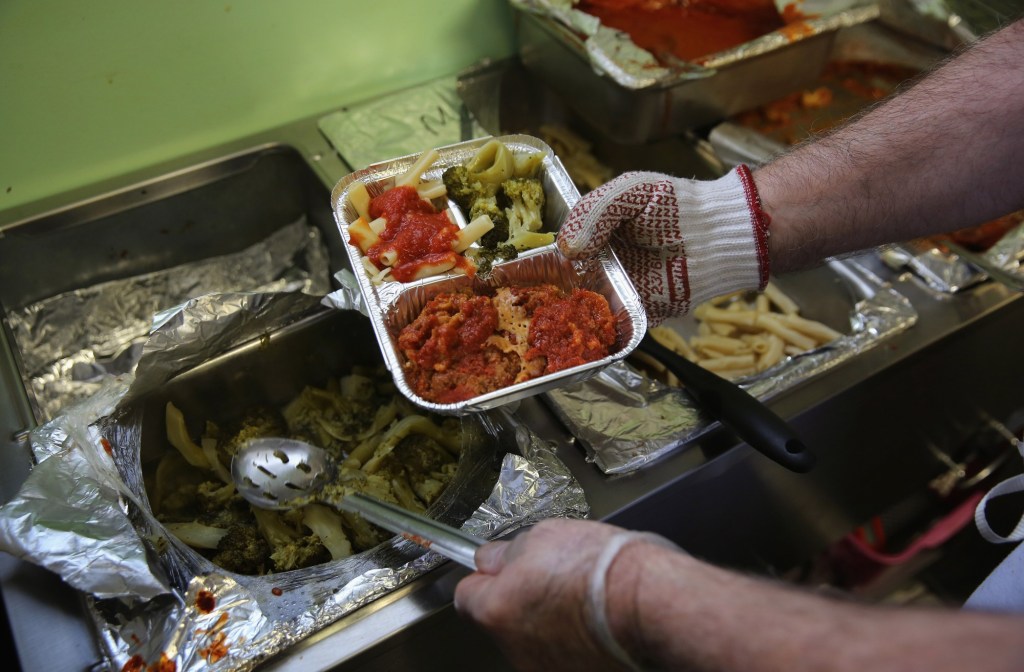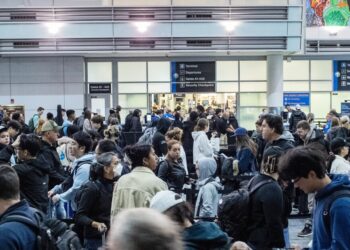Jessie Hellmann | (TNS) CQ-Roll Call
WASHINGTON — Programs that feed older, homebound adults are instituting waiting lists amid budget crunches, rising costs of food, growing demand for their services and funding cuts from the government.
Combined with the end of COVID-19 era aid, local groups are finding that they can no longer serve the same number of people, resulting in difficult decisions about next steps.
“This is a huge challenge for our network,” said Josh Protas, chief advocacy and policy officer at Meals on Wheels America, a national organization that supports local organizations delivering meals to homebound individuals, mainly older adults.
Meals on Wheels is among the groups pushing for funding increases through the appropriations process for programs funded under the Older Americans Act, a decades-old law first signed by President Lyndon Johnson to support adults as they age in their communities.
One in three Meals on Wheels programs has a wait list, with an average wait time of three months.
“The vast majority of them recognize that there are more seniors in need in their communities that they’re not able to serve, in large part because of a lack of adequate federal funding,” Protas said.
Higher demand
The population is getting older. Over the next decade, people 65 and older will represent 22 percent of the population, compared to 17 percent in 2022.
They are at a unique risk for going hungry because of fixed incomes, social isolation, lack of access to transportation and health conditions that make it difficult to cook or shop for groceries.
Almost 7 million seniors were “food insecure” — or didn’t have enough to eat — in 2022, and more than 9 million could be by 2050, according to Feeding America.
Meals on Wheels or similar programs are almost ubiquitous. Many have been around for more than 50 years, providing a source of nutrition and social contact to people who can’t leave their homes and helping them age in place. Programs…
Read the full article here







